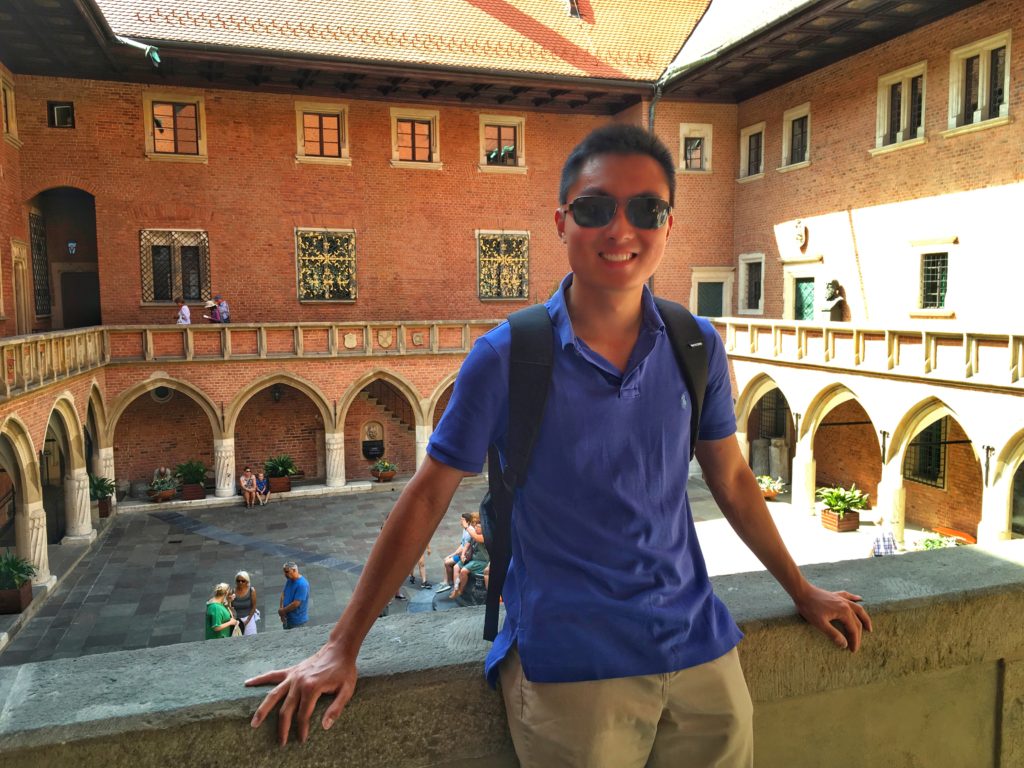One of the things I really like about Kraków, and I believe this is representative of Poland in general, is how committed Poles are to their traditional culture. Unlike other European countries, you can find Polish flags flying around all over the city and hanging from people’s private houses and apartments. Pride in one’s country is a quality I greatly admire and respect. Poland’s culture is long and rich, and it is alive and thriving today. In churches and cathedrals, I saw devoted congregants praying to God, and priests and nuns taking good care of the church. In fact, I often see priests and nuns all over the city, a sight that would be extremely rare in other countries in Europe. In other parts of Europe, most of the people you see in the churches and cathedrals are just tourists, and the churches are sometimes used for commercial purposes. For example, when I was in Amsterdam, Netherlands, the oldest and most prominent church in the city, De Oude Kerk, was surrounded by the red light district, prostitutes, and brothels! As atheism and cultural decadence take hold in much of Western Europe (and North America for that matter), Poland has retained much of its Christian heritage and traditional culture.
Since many of the streets in the Old Town are closed off to cars (unless you get special permission), the best way to get around Kraków is by horse carriage. This was my favorite way of getting around, and I got to see many of the sights from the comfort of my carriage.

